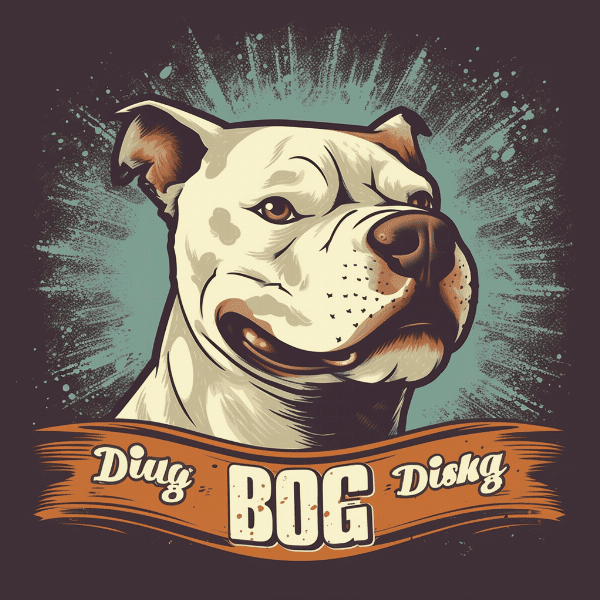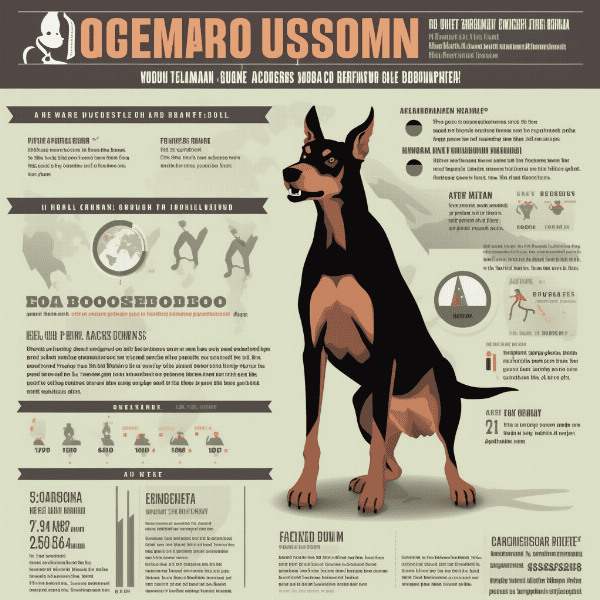Table of Contents
- Understanding Sudden Aggression in Dogs
- Common Triggers of Sudden Aggression
- Medical Causes of Sudden Aggression
- Environmental Factors that Contribute to Aggression
- Training Techniques to Address Aggression
- Seeking Professional Help for Aggressive Dogs
- Preventing Sudden Aggression in Dogs
- Managing Sudden Aggression in Multi-Dog Households
- Legal Consequences of Dog Aggression
- Living with an Aggressive Dog: Coping Strategies for Owners
Understanding Sudden Aggression in Dogs
Sudden aggression in dogs can be a terrifying and dangerous behavior for both the dog and their owners. While some dogs may show signs of aggression as a result of a specific trigger, sudden aggression can appear out of nowhere, without any apparent cause. It is essential to understand the various factors that can contribute to sudden aggression in dogs to prevent and address the behavior effectively.
The Nature of Aggression
Aggression is a natural instinct for dogs and can be exhibited in several ways. While some dogs may only growl or bark when provoked, others may bite or attack without warning. It is important to note that dogs use aggression as a means of communication, and it is usually a sign that the dog is feeling threatened, scared, or stressed.
Types of Aggression
There are several types of aggression that dogs can display, and it is essential to understand the differences to address the behavior effectively.
Fear Aggression
Fear aggression is a common type of aggression in dogs that can occur suddenly. This type of aggression is usually the result of the dog feeling scared or threatened, and it can be triggered by loud noises, unfamiliar people, or other animals.
Resource Guarding
Resource guarding is another type of aggression in dogs that can appear suddenly. Dogs that exhibit resource guarding behavior may become aggressive when someone approaches their food, toys, or other possessions.
Territorial Aggression
Territorial aggression is a type of aggression that can occur when a dog perceives someone as a threat to their territory. This type of aggression is common in dogs that are highly protective of their homes or owners.
Signs of Sudden Aggression
Sudden aggression in dogs can be challenging to predict, but there are some signs that owners can look out for. These signs may include growling, snarling, biting, or even lunging at people or other animals.
Conclusion
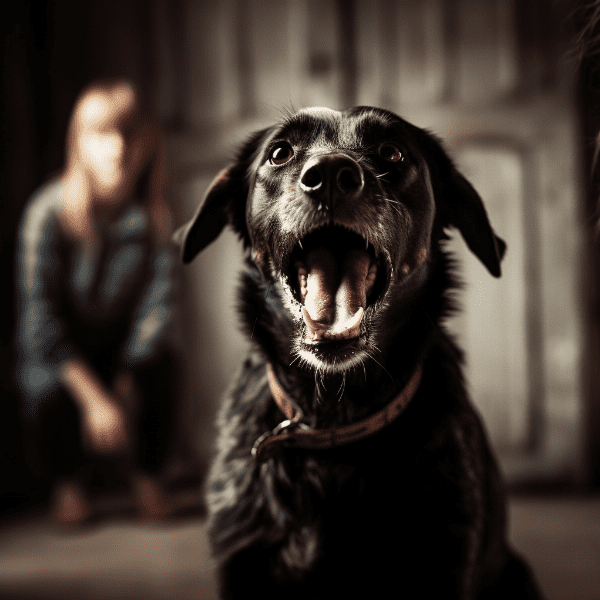
Common Triggers of Sudden Aggression
Sudden aggression in dogs can be caused by a variety of triggers, ranging from environmental factors to medical conditions. Understanding the common triggers of sudden aggression can help pet owners prevent and address the behavior effectively.
Pain or Discomfort
Dogs that are experiencing pain or discomfort may become more irritable and prone to sudden aggression. Medical conditions such as arthritis or dental problems can cause discomfort, leading to sudden outbursts of aggression.
Overstimulation
Overstimulation can also be a common trigger for sudden aggression in dogs. Loud noises, sudden movements, or excessive petting may overwhelm a dog, causing them to react aggressively.
Threats to Resources
Dogs that feel threatened by the presence of others near their food, toys, or other possessions may become aggressive. Resource guarding can be a common trigger for sudden aggression, especially in dogs that have not been properly trained.
Conclusion
Understanding the common triggers of sudden aggression in dogs is crucial for pet owners to prevent and address the behavior effectively. By identifying and addressing the underlying cause of sudden aggression, such as lack of socialization or pain, owners can take steps to manage the behavior, ensuring the safety of their pets and those around them.

Medical Causes of Sudden Aggression
Sudden aggression in dogs can sometimes be caused by underlying medical conditions. It is important for pet owners to understand the medical causes of sudden aggression to address the behavior effectively.
Pain and Discomfort
Pain and discomfort caused by medical conditions can lead to sudden outbursts of aggression in dogs. Conditions such as hip dysplasia, dental problems, or ear infections can cause pain or discomfort, leading to irritability and aggression.
Hormonal Imbalances
Hormonal imbalances can also contribute to sudden aggression in dogs. Conditions such as hypothyroidism or Cushing’s disease can affect a dog’s mood and behavior, leading to sudden outbursts of aggression.
Neurological Disorders
Neurological disorders such as brain tumors or epilepsy can also cause sudden aggression in dogs. These conditions can affect a dog’s brain function, leading to changes in behavior and sudden outbursts of aggression.
Medication Side Effects
Some medications prescribed for dogs can have side effects that include sudden aggression. Pet owners should always consult with their veterinarian about the potential side effects of any medication prescribed for their dog.
Conclusion
Medical causes of sudden aggression in dogs can be complex and difficult to diagnose. It is essential for pet owners to work closely with their veterinarian to identify and address any underlying medical conditions that may be contributing to their dog’s sudden aggression. By treating the underlying medical condition, pet owners can help their dog manage their behavior effectively and ensure the safety of those around them.
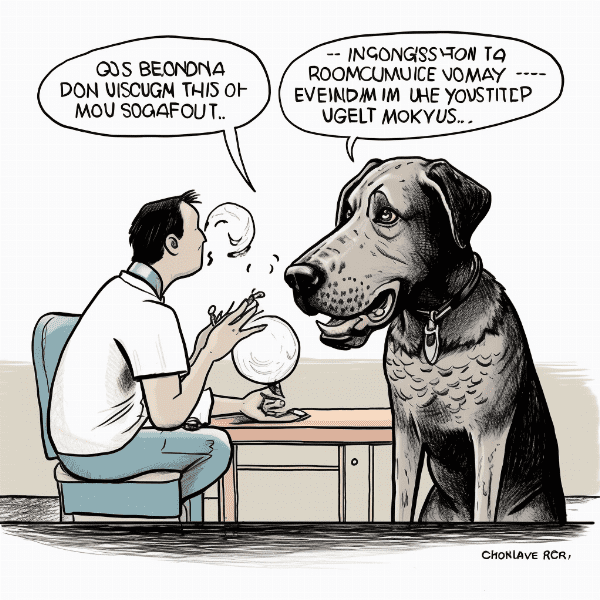
Environmental Factors that Contribute to Aggression
Environmental factors can play a significant role in a dog’s behavior and can contribute to sudden aggression. Pet owners should be aware of the environmental factors that can trigger aggression in their dogs to prevent and address the behavior effectively.
Lack of Exercise and Mental Stimulation
A lack of exercise and mental stimulation can lead to boredom and frustration in dogs, which can manifest as sudden aggression. Dogs that do not receive enough physical activity or mental stimulation may become restless and irritable, leading to sudden outbursts of aggression.
Poor Living Conditions
Poor living conditions, such as overcrowding or confinement, can also contribute to sudden aggression in dogs. Dogs that are kept in cramped or dirty living spaces may become stressed and agitated, leading to aggressive behavior.
Inadequate Training
Inadequate training can also contribute to sudden aggression in dogs. Dogs that have not been properly trained may not understand appropriate behaviors and boundaries, leading to sudden outbursts of aggression.
Conclusion
Environmental factors can significantly contribute to sudden aggression in dogs. Pet owners should ensure that their dogs receive enough exercise and mental stimulation, live in appropriate living conditions, and are adequately socialized and trained. By addressing these environmental factors, pet owners can prevent and manage sudden aggression in their dogs, ensuring the safety of their pets and those around them.

Training Techniques to Address Aggression
Training can be an effective way to address sudden aggression in dogs. With the right techniques, pet owners can manage their dog’s behavior effectively and prevent future outbursts of aggression.
Positive Reinforcement Training
Positive reinforcement training is a technique that rewards good behavior with treats, praise, or other rewards. This technique can be effective in addressing sudden aggression in dogs by teaching them appropriate behaviors and reinforcing positive interactions.
Counterconditioning
Counterconditioning is a technique that involves changing a dog’s emotional response to a particular trigger, such as a person or another animal. This technique can be effective in addressing sudden aggression triggered by specific stimuli.
Desensitization
Desensitization involves gradually exposing a dog to a specific trigger, such as a loud noise or another animal, in a controlled and safe environment. This technique can be effective in addressing sudden aggression triggered by overstimulation.
Avoiding Triggers
In some cases, avoiding triggers altogether may be the most effective way to manage sudden aggression in dogs. For example, if a dog exhibits sudden aggression when approached by other dogs, avoiding dog parks or crowded areas may be necessary.
Conclusion
Training techniques can be effective in addressing sudden aggression in dogs. Positive reinforcement training, counterconditioning, and desensitization can help manage sudden aggression triggered by specific stimuli, while avoiding triggers altogether may be necessary in some cases. Pet owners should work with a professional trainer to identify the most effective training techniques for their dog and ensure their safety and the safety of those around them.
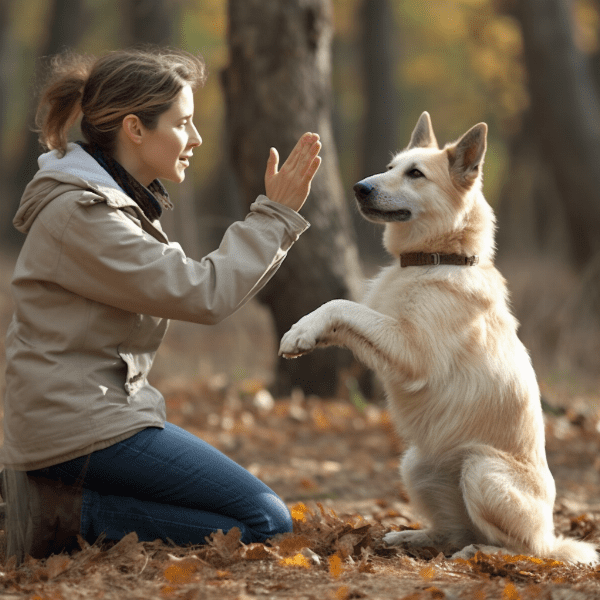
Seeking Professional Help for Aggressive Dogs
If a dog exhibits sudden aggression, it is important to seek professional help to manage the behavior effectively. Professional help can provide pet owners with the tools and resources needed to prevent and address sudden aggression in dogs.
Consulting with a Veterinarian
The first step in seeking professional help for an aggressive dog is to consult with a veterinarian. The veterinarian can perform a thorough physical examination and identify any underlying medical conditions that may be contributing to the behavior. The veterinarian may also recommend medication or other treatments to manage the behavior.
Consulting with a Professional Trainer
A professional dog trainer can also provide valuable assistance in managing sudden aggression in dogs. A trainer can evaluate the dog’s behavior and identify the triggers that cause sudden aggression. The trainer can also provide training techniques to prevent and manage sudden aggression, as well as teach pet owners how to recognize warning signs and avoid triggers.
Consulting with a Veterinary Behaviorist
A veterinary behaviorist is a veterinarian with additional training in animal behavior. A veterinary behaviorist can perform a thorough evaluation of the dog’s behavior and develop a personalized treatment plan to address sudden aggression. The behaviorist can also work with the pet owner to teach them how to manage the behavior and prevent future outbursts of aggression.
Conclusion
Seeking professional help is crucial for pet owners with aggressive dogs. Consulting with a veterinarian, professional trainer, or veterinary behaviorist can provide pet owners with the resources and tools needed to prevent and manage sudden aggression effectively. By working with professionals, pet owners can ensure the safety of their pets and those around them, as well as improve the quality of life for their furry companions.
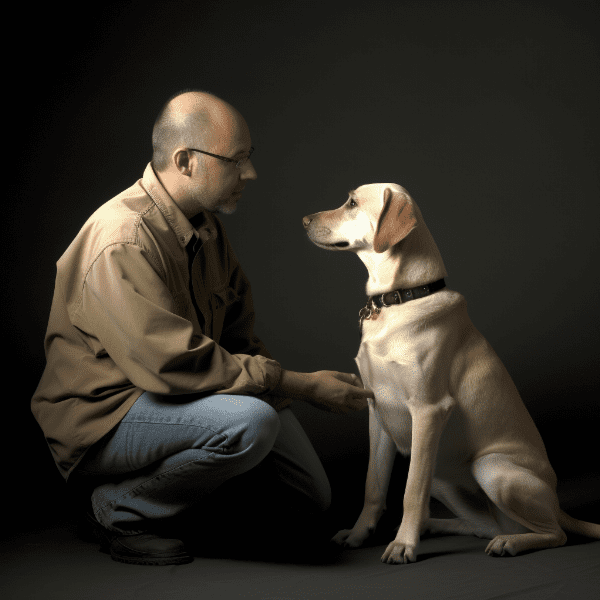
Preventing Sudden Aggression in Dogs
Preventing sudden aggression in dogs is crucial to ensure the safety of the dog and those around them. Pet owners can take several steps to prevent sudden aggression in their dogs and manage their behavior effectively.
Socialization
Proper socialization is essential in preventing sudden aggression in dogs. Exposing a dog to a variety of people, animals, and environments can help them become comfortable and confident in new situations, reducing the likelihood of sudden aggression.
Training
Training is another important aspect of preventing sudden aggression in dogs. Teaching a dog appropriate behaviors and boundaries can help them understand what is expected of them, reducing the likelihood of sudden aggression.
Exercise and Mental Stimulation
Regular exercise and mental stimulation are essential in preventing sudden aggression in dogs. Dogs that receive enough physical activity and mental stimulation are less likely to become bored or frustrated, reducing the likelihood of sudden aggression.
Proper Medical Care
Proper medical care is also crucial in preventing sudden aggression in dogs. Regular veterinary checkups can identify and treat any underlying medical conditions that may contribute to sudden aggression.
Conclusion
Preventing sudden aggression in dogs is essential to ensure the safety of the dog and those around them. Proper socialization, training, exercise and mental stimulation, and proper medical care can help prevent sudden aggression in dogs. By taking these steps, pet owners can manage their dog’s behavior effectively and improve their overall quality of life.
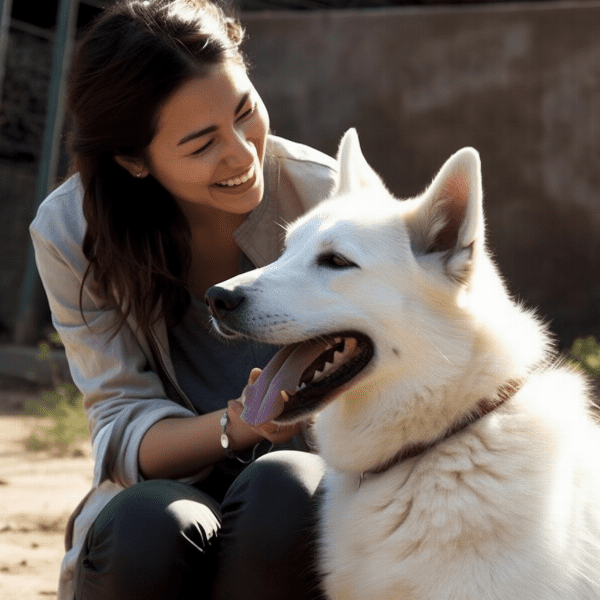
Managing Sudden Aggression in Multi-Dog Households
Sudden aggression in dogs can be particularly challenging to manage in multi-dog households. Pet owners with more than one dog must take additional steps to prevent and manage sudden aggression effectively.
Separating Aggressive Dogs
If a dog exhibits sudden aggression, it is essential to separate them from other dogs immediately. The aggressive dog should be kept in a separate room or crate until they can be evaluated by a veterinarian or professional trainer.
Identifying Triggers
Pet owners should identify the triggers that cause sudden aggression in their dogs, particularly in multi-dog households. Identifying triggers can help pet owners avoid situations that may cause sudden aggression and manage the behavior effectively.
Establishing a Hierarchy
Establishing a hierarchy is important in preventing sudden aggression in multi-dog households. Pet owners should establish themselves as the leader and ensure that each dog understands their place in the hierarchy. This can help reduce competition and prevent sudden aggression.
Providing Individual Attention and Resources
Pet owners should provide each dog with individual attention and resources, such as food bowls, toys, and sleeping areas. This can help reduce competition and prevent sudden aggression triggered by resource guarding.
Conclusion
Managing sudden aggression in multi-dog households can be challenging, but with the right techniques, pet owners can prevent and manage sudden aggression effectively. Separating aggressive dogs, identifying triggers, establishing a hierarchy, and providing individual attention and resources can all help prevent sudden aggression in multi-dog households. By taking these steps, pet owners can ensure the safety of their pets and improve their overall quality of life.

Legal Consequences of Dog Aggression
Dog aggression can have serious legal consequences for pet owners. Understanding the legal implications of sudden aggression in dogs is crucial to ensure the safety of the dog and those around them.
Liability for Dog Bites
Pet owners may be held liable for any injuries or damages caused by their dog’s aggressive behavior. In many cases, pet owners may be required to pay for medical bills, property damage, and other related costs.
Dog Bite Laws
Dog bite laws vary by state and may impose strict liability on pet owners for any injuries or damages caused by their dog. Some states have breed-specific legislation that regulates or prohibits certain breeds of dogs that are considered dangerous.
Criminal Charges
In severe cases, pet owners may face criminal charges for their dog’s aggressive behavior. This may include charges for assault or battery, depending on the severity of the injuries caused.
Prevention
Prevention is the best way to avoid the legal consequences of dog aggression. Proper socialization, training, exercise, and mental stimulation can all help prevent sudden aggression in dogs and reduce the likelihood of legal consequences.
Conclusion
Dog aggression can have serious legal consequences for pet owners. Liability for dog bites, dog bite laws, and criminal charges are all potential legal implications of aggressive behavior in dogs. Pet owners should take steps to prevent sudden aggression in their dogs and ensure the safety of their pets and those around them. By taking preventative measures, pet owners can avoid legal consequences and improve the overall quality of life for their furry companions.
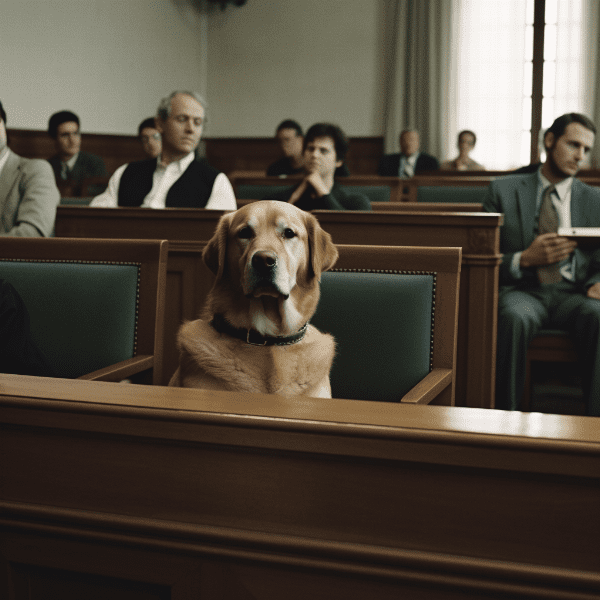
Living with an Aggressive Dog: Coping Strategies for Owners
Living with an aggressive dog can be challenging for pet owners. Coping strategies can help pet owners manage the behavior effectively and improve the overall quality of life for their furry companions.
Understanding the Behavior
Understanding the behavior is the first step in coping with an aggressive dog. Pet owners should work with a professional trainer or veterinary behaviorist to identify the triggers that cause sudden aggression and develop a personalized treatment plan.
Managing the Environment
Managing the environment is crucial in preventing sudden aggression in dogs. Pet owners should avoid situations that may trigger sudden aggression and ensure that their dog has a safe and comfortable living space.
Providing Adequate Exercise and Mental Stimulation
Adequate exercise and mental stimulation can help prevent boredom and frustration in dogs, reducing the likelihood of sudden aggression. Pet owners should ensure that their dog receives enough physical activity and mental stimulation every day.
Avoiding Punishment
Punishing an aggressive dog can worsen the behavior and cause fear and anxiety. Pet owners should avoid punishing their dog and instead focus on positive reinforcement training to encourage good behavior.
Seeking Support
Living with an aggressive dog can be emotionally challenging for pet owners. Seeking support from family, friends, or a support group can help pet owners cope with the challenges of living with an aggressive dog.
Conclusion
Living with an aggressive dog can be challenging, but with the right coping strategies, pet owners can manage the behavior effectively and improve the overall quality of life for their furry companions. Understanding the behavior, managing the environment, providing adequate exercise and mental stimulation, avoiding punishment, and seeking support are all important coping strategies for pet owners with aggressive dogs. By taking these steps, pet owners can ensure the safety of their pets and those around them and improve their overall well-being.


